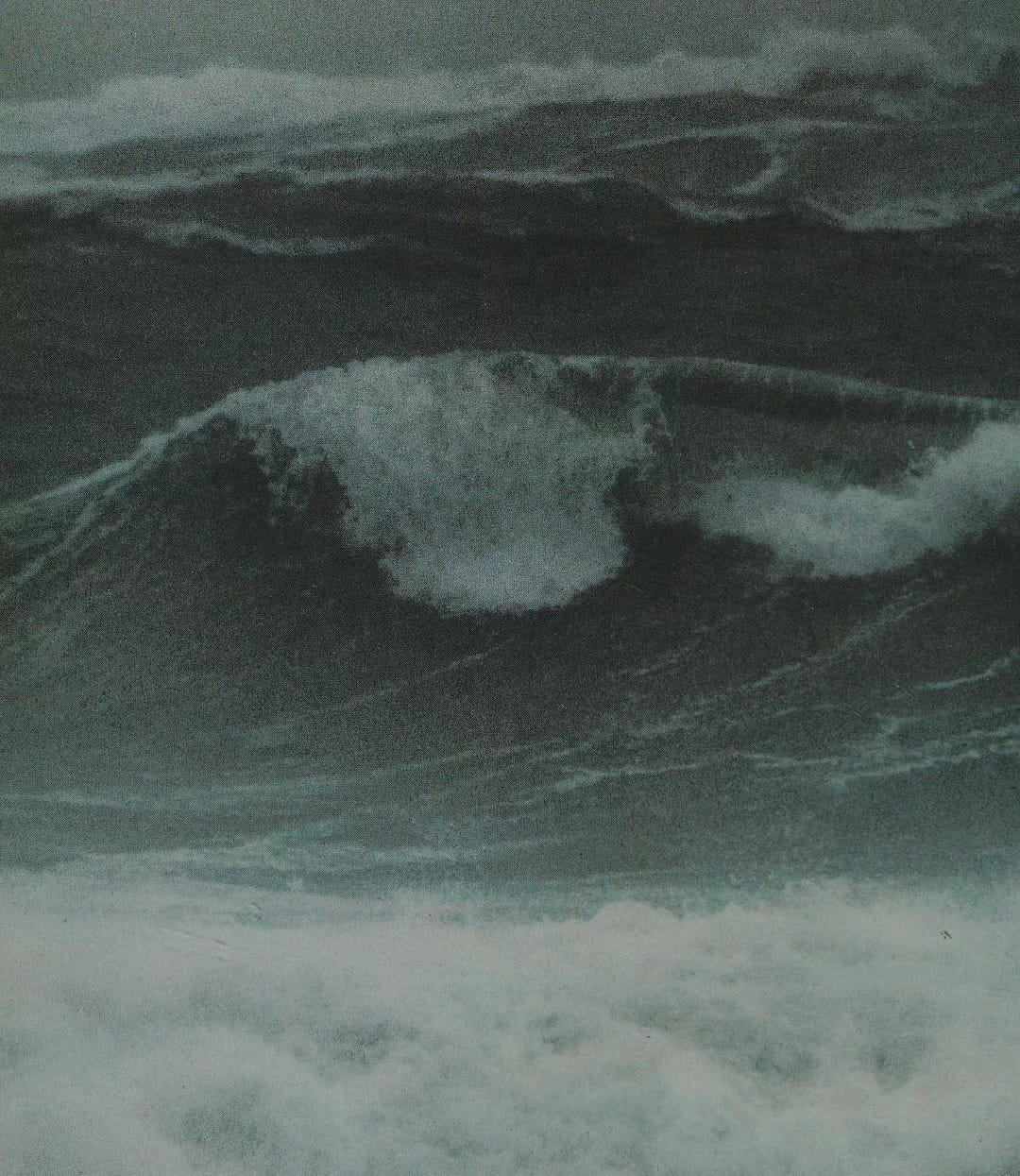I'm not too much. You’re not enough.
When you (clinically) have big feelings
My entire life, people have told me I’m too much. Not always in words. Mostly via body language: pregnant silences, judgmental sideways glances.
And I believed them. Because most people have an easier time keeping a lid on their emotions. Outnumbered, I assumed they’re right — “being emotional is bad”. Growing up, I learned ever more nuanced ways to call myself “bad”: stupid, irrational, childish, unsophisticated, draining, toxic, difficult, unnecessary, self-centered, loser, not cool.
Worse yet, I subconsciously paid it forward to others around me who were simply expressing their uniqueness, living out loud a little.
Then at age 25, I was diagnosed with bipolar II disorder. I was in grad school, and a particularly intense situationship had unraveled. A brutal depressive episode followed. Dredging up some self-preservation, I somehow dragged myself to Student Health.
They gave me a sheet of paper with 10 questions on it, printed in Times New Roman 12 point font. Comically normal for what it was measuring for. Then, an overworked Masters of Social Work student informed me “You are probably bipolar.”
I’d always suspected something was wrong with me, that I was a bad, damaged person. Now it was official.
During a different time, in a different culture, for a different person, the diagnosis could have been a helpful tool. A gift, even. I see all that now.
But in New York City in 2010, I was who I was — a painfully sensitive, creative, Korean American girl with strong, unpredictable emotions. I had immigrant parents who loved me, and also inflicted abuse, done harm and passed down their deep trauma. Because hurt people hurt people, no matter how well-intentioned.
Fast forward to 2025. A lot has changed. During my 15th year of living with this diagnosis, I see so much progress. Where I live in the U.S., more people are going to therapy. More widespread education (albeit of varying degrees of quality) about mental health.
There’s still so much shame and taboo surrounding bipolar disorder, but it’s not nearly what it was in the 1950s. I’m slowly, tentatively, allowing myself to feel more, be wholehearted. To move through pain rather than push it down.
There is more space. Space for me to work through some anger, frankly.
Why am I the one that’s too much? Maybe you’re not enough. Maybe you’re not feeling enough, not tuned-in enough, not paying enough fucking attention, not facing reality enough. Not telling the truth enough.
I don’t know who I’m talking to… society at large, people from my past, or most likely, myself. Probably all of the above.
Shame breeds in darkness, silence, and isolation. Manic Pixie Real Girl is where I flip the lights on (with a dimmer).
I can definitely be a lot. But I’m not too much. And neither are you.




love that you are sharing and are able to share your journey with us! as a sensitive girlie raised by well meaning immigrant parents who has also inflicted their trauma onto me , I too feel that I have been told i was too much. ( I cant imagine how the added presence of bipolar could further amplify this feeling) I 1000% agree people are just not in-tuned enough or enough … ! cant wait to read more from you 💛
great work keep it up! I love the first part about getting sideways glances and the description of the speed at which you were diagnosed. Work on build courses to help people with bipolar disorder thrive.